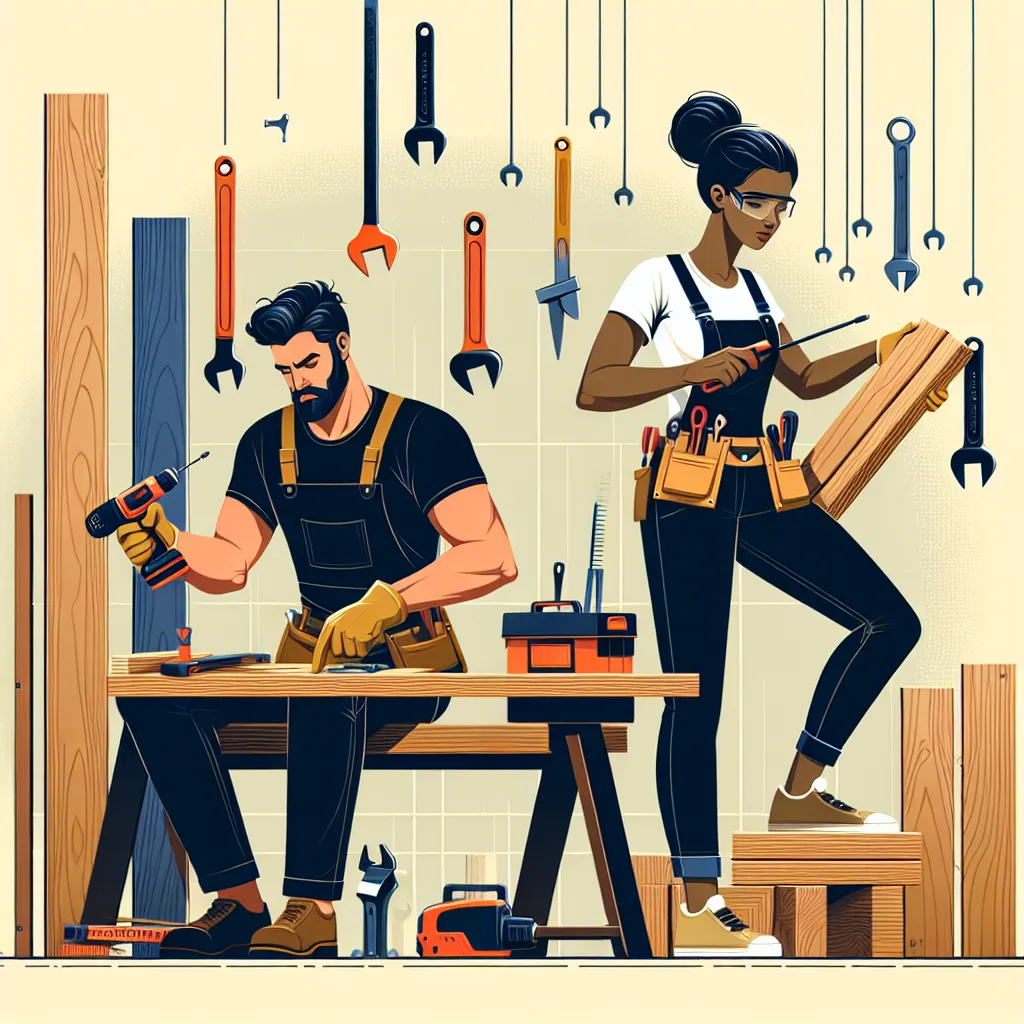This article will provide you with five unbeatable repair strategies that you should add to your repertoire. Each strategy is designed to address common issues that arise in construction and DIY projects, making them essential tools in your professional toolkit.
Repair Strategy 1: Mastering Patching Techniques
Patching is a fundamental repair skill. Whether dealing with walls, floors, or ceilings, mastering the art of patching ensures a seamless finish. This involves understanding the types of patches suitable for different materials and knowing how to blend the repaired area with the surrounding surface.
Repair Strategy 2: Understanding the Art of Plumbing
A basic understanding of plumbing can prove invaluable in many construction and DIY scenarios. From fixing a leaky faucet to unclogging a drain, these skills can save both time and money. Familiarize yourself with common plumbing tools and how to use them effectively.
Repair Strategy 3: Embracing the Power of Epoxy
Epoxy is a versatile tool in the repair arsenal. It can fill gaps, bond materials, and even serve as a protective coating. Understanding epoxy's properties, such as its curing time and strength, can help you choose the right product for your specific repair needs.
Repair Strategy 4: Electrical Repair Essentials
Every construction professional and DIY enthusiast should possess basic electrical repair skills. Knowing how to safely replace an outlet or switch, repair a broken light fixture, or troubleshoot common electrical issues can make your project run more smoothly and safely.
Repair Strategy 5: Mastering the Use of Fillers
Fillers play a critical role in various repair tasks, from filling cracks to evening surfaces. Knowing the right type of filler to use for each task – be it wood filler, joint compound, or something else – is crucial. Learn how to apply fillers correctly and how to sand and finish them for a professional appearance.
Conclusion
Arming yourself with these five repair strategies will enable you to tackle a wide range of issues that may arise during your construction or DIY projects. Remember, the key to becoming a master in any field is continuous learning and practice. So take these strategies, apply them, and see your workmanship reach new heights.
